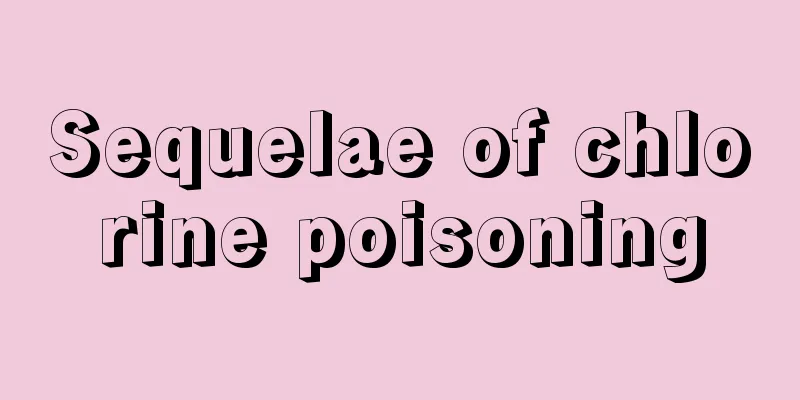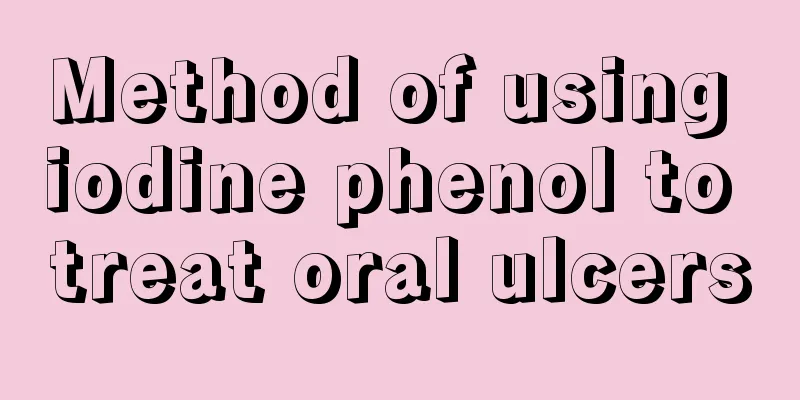Sequelae of chlorine poisoning

|
The problem of chlorine poisoning is very serious. After poisoning, the patient will feel difficulty breathing and chest tightness. If the condition is more serious, the patient may faint on the spot. Therefore, you must go to the hospital immediately to receive relevant treatment. If the treatment time is delayed, it will lead to sequelae, causing the patient's lungs to inhale too much toxic gas and show some lung symptoms. 1. Mild poisoning The main symptoms are bronchitis or peribronchitis, with cough, small amount of sputum, chest tightness, etc. There are scattered dry rales or wheezes in both lungs, and there may be a small amount of wet rales. Lung X-ray shows increased and thickened lung texture with unclear edges, which are generally more obvious in the lower lung fields. After rest and treatment, the symptoms may disappear within 1 to 2 days. 2. Moderate poisoning The main manifestations are bronchopneumonia, interstitial pulmonary edema or localized alveolar pulmonary edema. Symptoms of eye and upper respiratory tract irritation worsen, with chest tightness, difficulty breathing, paroxysmal choking cough, sputum, sometimes pink foamy sputum or sputum with blood, accompanied by gastrointestinal reactions such as headache, fatigue, nausea, loss of appetite, abdominal pain, and bloating. Mild cyanosis, dry or wet rales in both lungs, or diffuse wheezing in both lungs. The above symptoms will gradually alleviate and disappear after 2 to 10 days of rest and treatment. 3. Severe poisoning If any of the following conditions is found in clinical manifestations or chest X-ray findings, it is considered severe poisoning. 1) Clinical manifestations: ① Pulmonary edema occurs after inhalation of high concentrations of chlorine for several minutes to several hours, with coughing up large amounts of white or pink foamy sputum, difficulty breathing, chest tightness, obvious cyanosis, and diffuse moist rales in both lungs; ② Severe asphyxia caused by laryngeal and bronchial spasm or edema; ③ Shock and moderate to deep coma; 4 Sudden death caused by reflex respiratory center inhibition or cardiac arrest; ⑤ Severe complications such as pneumothorax and mediastinal emphysema. 2) Chest X-ray manifestations: mainly extensive, diffuse pneumonia or alveolar pulmonary edema. There are large flakes of uniformly increased density shadows, or flake shadows of varying sizes and densities with blurred edges, which are widely distributed in both lung fields, and a small number are in the shape of butterfly wings. Bronchial asthma or asthmatic bronchitis may occur after severe chlorine poisoning. The latter is caused by the formation of organized scars due to hydrochloric acid corrosion, which is difficult to recover and can develop into emphysema. Acute chlorine poisoning can be diagnosed based on the rapid onset of disease after inhaling a large amount of chlorine gas in a short period of time, combined with a comprehensive analysis of symptoms, signs, and chest X-ray findings, and excluding respiratory diseases caused by other reasons. |
<<: The drug of choice for nephrotic syndrome
>>: The sequelae of laser eye drilling
Recommend
Effects and functions of water grass agate
Many people in life must have heard of water gras...
What to do if the foramen ovale of the heart is not closed
Patent foramen ovale is the most common congenita...
What are the chemotherapy methods for gastric cancer
Chemotherapy is currently one of the main means o...
How to deal with cutting your finger while cutting vegetables
Cutting your fingers while cutting vegetables is ...
How to Remove Skin Melanoma
Removing skin melanoma requires professional medi...
Symptoms of kidney stones
Kidney stones are a very common disease in daily ...
The pros and cons of tonsillectomy in adults
As we all know, tonsils are an important part of ...
Does dietary fiber really induce liver cancer? These are the factors that cause liver cancer
Recently, an article about "feeding mice wit...
What is the best exercise for hamartoma
Hamartoma is a common disease in clinical practic...
Which smokers will develop lung cancer? If you have these symptoms, you should pay attention to lung cancer
Lung cancer is the most common primary malignant ...
Is it normal to have small granulations under the tongue?
The tongue is a very important organ in the human...
What method is used to treat nasopharyngeal carcinoma? Is surgery the main method?
What are the treatments for nasopharyngeal carcin...
Diseases that you should be alert to when your hands feel numb
When we often experience numbness in our hands an...
Who are the high-risk groups for lung cancer? To prevent the harm of lung cancer, first clarify 4 major issues
Lung cancer poses a huge threat to human health, ...
Auxiliary examination methods for bile duct cancer
At present, the medical community has not yet cle...









